#Airflow
Report: First Chrysler EV Won’t Be the Airflow
With the Chrysler Airflow debuting during the CES expo in 2022, practically everyone assumed it would be the brand’s first all-electric model. The concept looked more like a prototype than some fantastical model intended for production decades down the road and even came with a limited spec sheet offering figures that seemed to exist within the confines of reality.
But it’s not the vehicle the brand intends to lead with. Stellantis’ chief design officer, Ralph Gilles, has confirmed that Chrysler’s new CEO, Chris Feuell, wanted something completely different that would differentiate the brand from everything else on the market.
Go With the Flow: Chrysler Shows Another Airflow EV in New York
Like it or not, electric vehicles are arriving en masse to the American car market. Chrysler hauled the wraps off its Airflow Concept at the Consumer Electronics Show in Las Vegas in January , appearing in typical ‘electric car white’ as part of its parent company’s wide-reaching EV Day presentations. Now, the brand’s stylists have slipped that car into a photo-inversion machine, showing in a black body color with copper accents.
2022 New York Auto Show Week: Chrysler Goes With the (Air)Flow
Another day, another teaser. Thankfully, this will all be over by tomorrow’s happy hour.
This time, it’s Chrysler. Which is showing the Airflow Concept.
Rare Rides Icons: The History of Imperial, More Than Just a Car (Part XXII)
Today we reach the 22nd and final installment in the Imperial series. In our last edition, we reviewed the development and birth of the final production car to wear the Imperial name: The super-extended K-car platform known as the Y-body. Lee Iacocca was keen on the idea of a full-size luxury sedan for the elderly customer, but Chrysler had neither the resources nor the platform to do it properly. Thus the Y-body appeared, and its angular and pencil-thin shape went on sale in 1990 alongside the similarly lengthened Chrysler New Yorker Fifth Avenue. Speaking of angles, let’s talk about that sweet money-saving clip swap action.
Rare Rides Icons: The History of Imperial, More Than Just a Car (Part XXI)
We find ourselves at the final two installments of the long-running Imperial series today. It’s been almost six months since the first Imperial entry, when a new model was dreamt up by Chrysler’s founder as competition for the likes of Pierce-Arrow and Studebaker. The Imperial name outlived most of the Twenties competition it was designed to beat, though along the way it drifted both nearer and further to the original mission. The concluding entrant into the Imperial lineage was definitely the weakest ever. K-car time, commence!
Rare Rides Icons: The History of Imperial, More Than Just a Car (Part XX)
Here we are, the 20th installment of the Imperial series. We’ve covered the Imperial’s inception as a coach-built car for the wealthy, through its Fifties rebirth as an independent brand with hand-built quality that rivaled the best luxury car makers had to offer. From there Imperial’s tale was ups and downs (mostly downs) as Chrysler’s luxury arm continually found itself less independent, and more tied to the New Yorker.
But after its sad Seventies cancellation, it was time for an Eighties rebirth under the direction of CEO Lee Iacocca. He was determined to make the best, most exclusive American personal luxury coupe money could buy. To date we’ve learned about the angular bustle back exterior, the J-body Cordoba platform underneath, and the Cordoba-plus leather-lined interior, by Mark Cross. Today we continue with Iacocca’s close personal friend, Frank Sinatra (or ‘FS’ if you’re talking badges.)
Rare Rides Icons: The History of Imperial, More Than Just a Car (Part XIX)
We return to our Imperial series again today, and the third installment on the all-new personal luxury coupe Lee Iacocca launched in 1981 to resurrect the historical Imperial name. Unlike every other Imperial to date, the new one was available only in two-door coupe guise. The new car had the dual mission of bringing luxury car credibility back to Chrysler, and grabbing some high margin luxury coupe sales from GM and in particular, Lincoln and the Continental Mark VI. We’ve covered the exterior and the underpinnings, so today we slide into the interior, which is most definitely not covered in Rich Corinthian Leather.
Rare Rides Icons: The History of Imperial, More Than Just a Car (Part XVIII)
In our most recent installment of our long-running Imperial coverage, the Eighties dawned with a resurrection of the Imperial name and the debut of an exciting new personal luxury coupe. Chrysler’s new chairman Lee Iacocca was determined to recreate the runaway success he’d had at Ford with the Lincoln Continental Mark III. But that meant a simultaneous ask that luxury coupe buyers ignore the very recent financial troubles that plagued the Detroit automaker. And while the exterior of the new Imperial coupe was all bustleback and new angles, its platform and mechanicals were not quite as exciting. Let’s talk about Mirada, Cordoba, and the reliability benefits of electronic fuel injection.
Rare Rides Icons: The History of Imperial, More Than Just a Car (Part XVII)
In our last Imperial entry, we found the brand’s run came to an end. In production since 1926 and an independent brand since 1955, the Imperial fizzled out to nothing after 1975. Chrysler closed its luxury Imperial division, and the once proud two- and four-door Imperials were stripped of some standard features and rebranded into the Brougham trim of the New Yorker. The Imperial name had come a long way from its beginnings as a super luxurious coach built car for the wealthy, and ended up as a slightly nicer New Yorker with more formal front and rear clips. But 1975 was not the end of the Imperial’s story, as a particular Chrysler CEO had big Imperial aspirations. To get to that point for Imperial, let’s talk about Ford.
Rare Rides Icons: The History of Imperial, More Than Just a Car (Part XVI)
We return to the Imperial story once more today, at a worst-ever moment. The year is 1974, and the future is bleak for the large prestige car. The economy is down, fuel prices are up due to a recent oil crisis, and the market’s trend is toward front-drive vehicles and sedans of a smaller size. What was Chrysler to do with its flagship Imperial in that sort of environment? Kill it off, that’s what.
Rare Rides Icons: The History of Imperial, More Than Just a Car (Part XV)
We return to the Imperial’s saga once again today, at a very low point for the brand. Though the Fuselage Look of 1969 had propped up Imperial’s sales and generated consumer interest, sales were in decline after the ’69s debut. Chrysler put less and less money into its flagship, as parts sharing increased while options and trims did the opposite. There was a second version of the Fuselage Look for 1972 that showed as longer, lower, and heavier than ever before. And though the new metal buoyed sales slightly, the U.S. car market as a whole saw record sales in 1972 and 1973. 1973 was the last such record year for America, and it coincided with the last Fuselage Imperial. Chrysler had a decision to make about its flagship brand.
Rare Rides Icons: The History of Imperial, More Than Just a Car (Part XIV)
In our last installment of the Imperial saga, we worked through the earliest years of Chrysler’s Fuselage Look era. The Imperial wore its hefty new styling well, even though it shared more parts and even body panels with Chrysler’s lesser New Yorker. Although the new looks were a sales hit in 1969, customers who wanted a Fuselage Imperial bought one immediately. By 1971 things were much grimmer. Imperial was relegated for the first time to a singular trim: LeBaron. A sign of the times, the brand was no longer advertised separately in marketing materials, but alongside Chrysler’s other offerings as “Imperial by Chrysler.” However, for 1972 it was time for a big update, as Chrysler tried to bump up the Imperial’s seriously sagging sales.
Rare Rides Icons: The History of Imperial, More Than Just a Car (Part XIII)
We entered the Fuselage Look era of the Imperial in our last installment, as Chrysler shook off the conservative and upright styling its flagship brand wore prior to 1969. Prices were notably slashed and quality suffered as Imperial shared body panels with its Chrysler siblings, incidents that in previous decades would’ve been out of the question. We pick up in 1970, for the second year of the C-body Fuselage Imperials.
Rare Rides Icons: The History of Imperial, More Than Just a Car (Part XII)
As we make our way into the 12th installment of Rare Rides Icon’s Imperial coverage, the third generation 1967 Imperial became the shortest-lived in the nameplate’s history. After the decade-long reign of the D-body, Imperial switched to the unibody C platform to cut costs, and move on from dated body-on-frame underpinnings. But it was an odd time to introduce a new car, as the C-body was no spring chicken when the Imperial debuted. More importantly, Chrysler was on the cusp of an entirely new styling direction: The Fuselage Look.
Chrysler Going Electric By 2028, Airflow EV Introduced
Stellantis has announced plans to shift the Chrysler brand to an all-electric lineup by 2028, presumably because it doesn’t know what else to do with it anymore. Though, considering the make’s long and storied history, the change almost seems fitting.
When the French bought up Fiat Chrysler Automobiles from the Italians in 2021, the namesake brand had already been losing steam under the Germans. But they were adopting the company after years of mismanagement from Americans, who had taken the marque from being arguably the most luxurious and technologically advanced the United States had to one that had to be saved from bankruptcy by government intervention on more than one occasion. Suffice it to say, Chrysler has enjoyed some of the sweetest highs and pathetic lows imaginable. But it always seems to rise from the ashes thanks to some innovative decision that ultimately helps redefine the industry — which is why Stellantis is leading its own EV offensive by reviving the Airflow name.






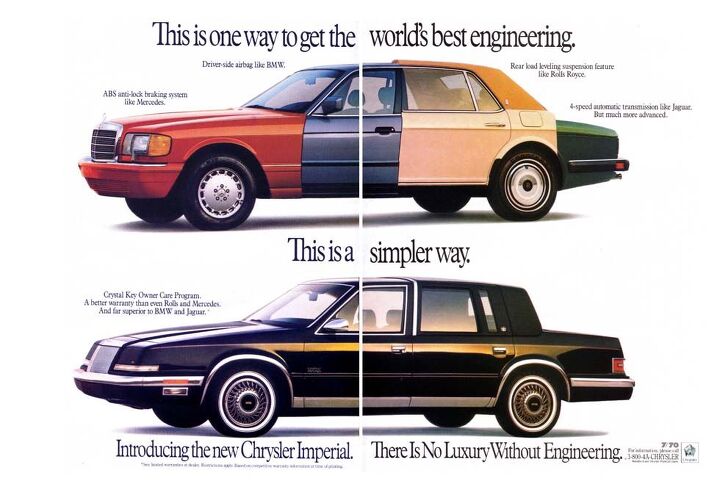
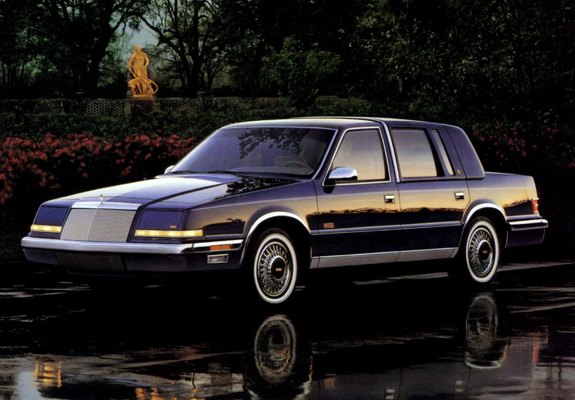
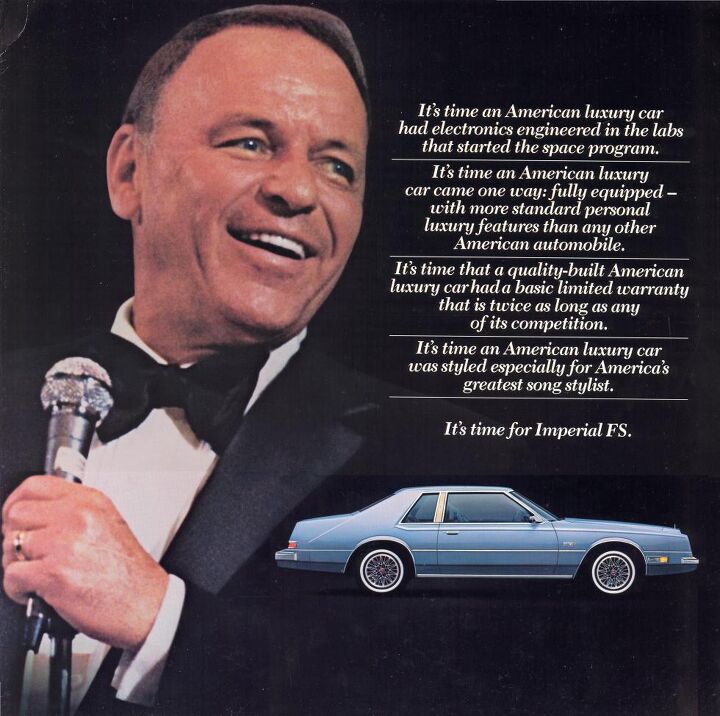
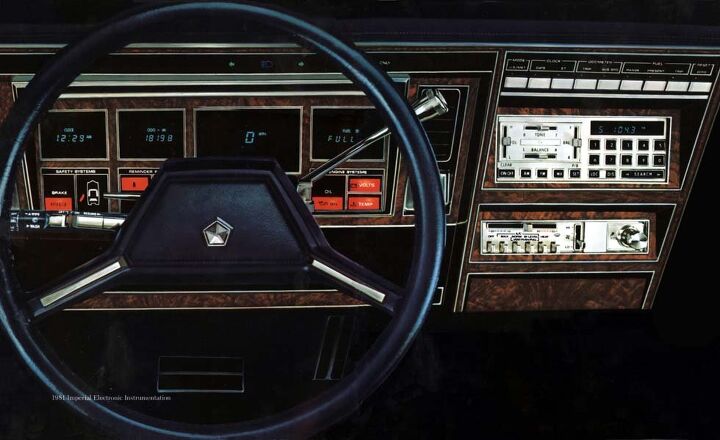

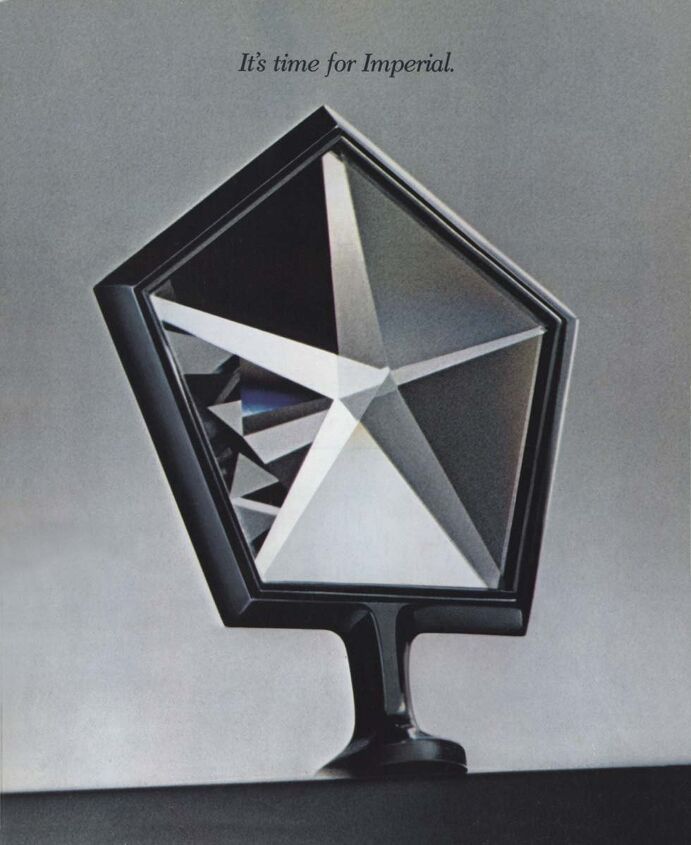
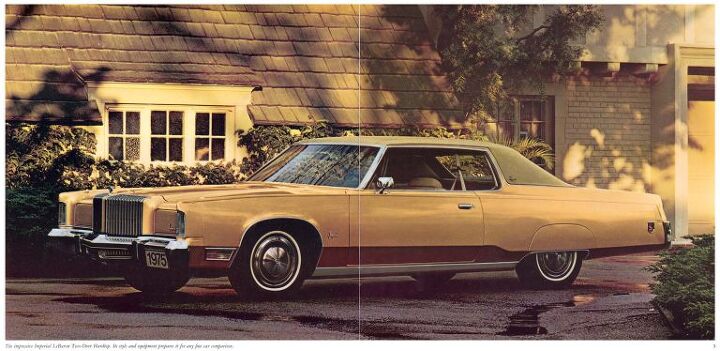
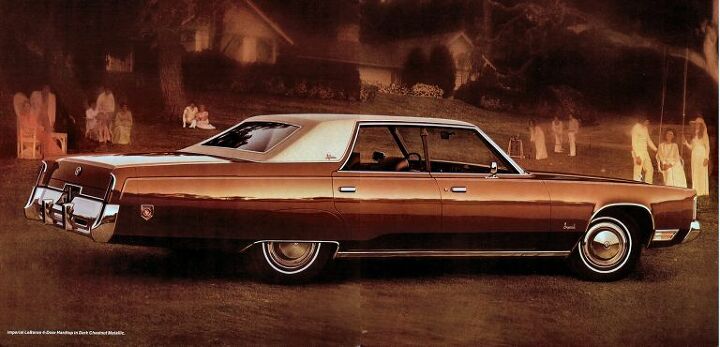
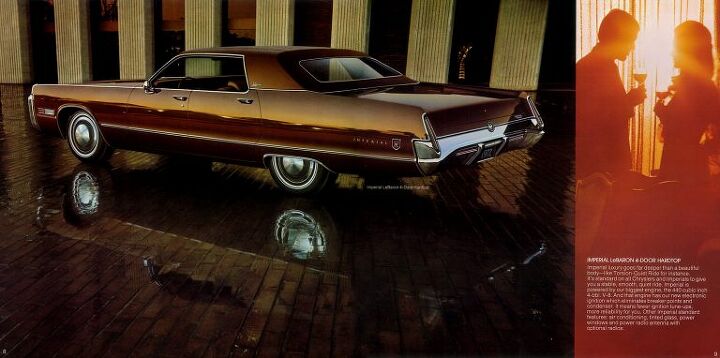
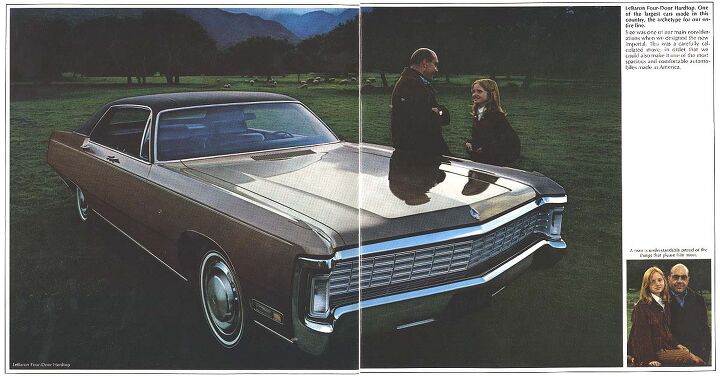
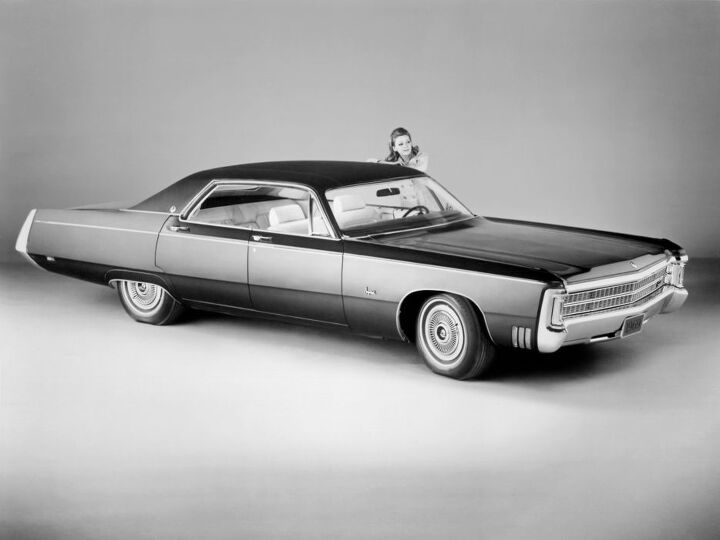












Recent Comments